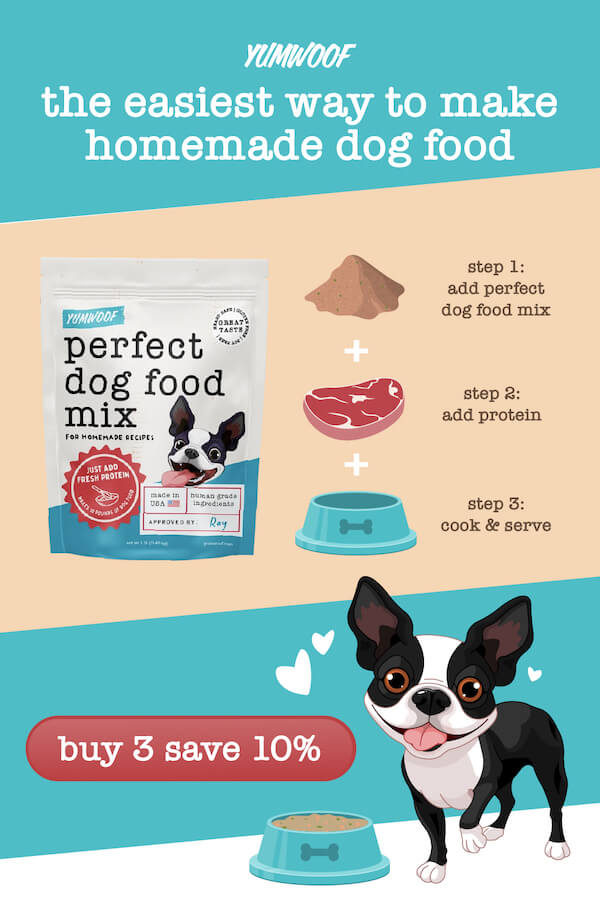For a dog weighing in kilograms, the recommended amount of chicken and rice will depend on their specific dietary needs and any underlying health conditions they may have. A consultation with a veterinarian is essential in determining the appropriate portions to ensure optimal nutrition and well-being for your dog.

Credit: www.amazon.com
Determining The Perfect Portions
Understanding The Dietary Needs Of Dogs By Weight
Different dogs have different dietary needs based on their weight. Understanding your dog’s weight is crucial in determining the appropriate portions of chicken and rice for optimal nutrition. By recognizing the dietary requirements of dogs based on their weight, you can ensure they receive the necessary nutrients to maintain their health and well-being.
Calculating The Ideal Chicken And Rice Portions For Dogs
When it comes to feeding your dog a balanced diet of chicken and rice, it is essential to calculate the ideal portions based on their weight. By providing the right amount of food, you can prevent overfeeding or underfeeding, which can lead to health issues. Here’s a simple calculation method to determine the perfect portions:
- Weigh your dog: Using a reliable scale, measure your dog’s weight in kilograms. Make sure to get an accurate measurement to ensure precise portion calculations.
- Calculate the recommended daily intake: Depending on your dog’s weight, you can determine how much chicken and rice they need daily. It is generally recommended to feed dogs approximately 2-3% of their body weight in food per day.
- Divide the daily intake into meals: Once you have calculated the daily portion, you can decide how many meals your dog will consume in a day. Dividing the food evenly into multiple meals can help with digestion and prevent bloating.
- Allocate the chicken and rice portions: Based on the calculated daily intake, divide the food into portions that suit your dog’s eating schedule. For instance, if your dog requires 400g of food per day and you decide to feed two meals, each portion should contain approximately 200g of chicken and rice.
Remember to monitor your dog’s weight and adjust the portion sizes accordingly. Every dog is unique, so it’s important to pay attention to their individual needs and adjust the portions as needed. Additionally, consult with your veterinarian for precise guidelines tailored to your dog’s specific requirements.

Credit: www.myperfectpetfood.com
Feeding Guidelines And Recommendations
Feeding your dog a chicken and rice diet can provide numerous benefits, particularly when your furry friend is dealing with an upset stomach or digestive issues. However, it’s important to understand the appropriate guidelines and recommendations for feeding chicken and rice to your dog, based on their weight. By following these guidelines, you can ensure that your dog receives the right amount of nutrition to support their overall health and well-being.
General Guidelines For Feeding Chicken And Rice To Dogs
When it comes to feeding chicken and rice to your dog, it is vital to consider their weight. Below is a general guideline to determine the appropriate amount of chicken and rice to feed your dog based on their weight in kilograms:
| Weight (kg) | Chicken (grams) | Rice (grams) |
|---|---|---|
| 1-5 | 50-100 | 50-100 |
| 5-10 | 100-200 | 100-200 |
| 10-20 | 200-300 | 200-300 |
| 20-30 | 300-400 | 300-400 |
Keep in mind that these are general guidelines, and every dog is unique. It is crucial to consult with your veterinarian to determine the exact portions that will suit your dog’s specific needs.
Tips For Transitioning To A Chicken And Rice Diet
If you are transitioning your dog to a chicken and rice diet, it is essential to do it gradually to avoid any digestive upset. Follow these tips for a smooth transition:
- Start by replacing a small portion of your dog’s regular food with chicken and rice mixture.
- Slowly increase the proportion of chicken and rice while decreasing the regular food over a period of 5-7 days.
- Observe your dog’s behavior and digestion during the transition process, and make adjustments if necessary.
By transitioning gradually, you can minimize the chances of your dog experiencing any stomach issues during the dietary change.
Potential Side Effects And Precautions
While chicken and rice can be beneficial for your dog’s digestion, it is important to consider potential side effects and take necessary precautions. Some dogs may experience the following side effects:
- Constipation or diarrhea
- Weight gain or loss
- Allergies or sensitivities
If you notice any adverse reactions or changes in your dog’s behavior, consult your veterinarian immediately to discuss appropriate measures and ensure your pet’s well-being.
Overall, chicken and rice can be a healthy and nutritious option for dogs, especially those dealing with digestive issues. By following these feeding guidelines, transitioning tips, and taking the necessary precautions, you can introduce this diet to your furry friend while supporting their overall health and happiness.

Credit: www.petco.com
Frequently Asked Questions On How Much Chicken And Rice For Dog By Weight Kg
How Much Chicken And Rice Should I Feed My Dog Weight?
Feed your dog a balanced diet of chicken and rice according to its weight. Consult with your veterinarian to determine the appropriate portion size based on your dog’s specific needs.
How Much Rice And Chicken Should Fill Up My 60 Pound Dog?
To fill up a 60-pound dog, serve a proportionate amount of rice and chicken based on its dietary needs. Consult with a veterinarian to determine the appropriate portion sizes for your dog’s age, breed, and overall health condition.
How Long Can A Dog Eat Chicken And Rice?
Dogs can eat chicken and rice for up to 4-5 days as a temporary diet for digestive issues. It’s important to transition them back to their regular food slowly.
How Much Chicken Per Pound Of Dog?
Dogs generally require around 1 pound of chicken per pound of their body weight. However, it’s vital to consult with a veterinarian to determine the precise amount based on your dog’s individual needs.
Conclusion
To ensure the health and well-being of your furry friend, providing the right amount of chicken and rice based on their weight is crucial. By feeding them a balanced diet, you can support their growth and overall vitality. Remember, consult with your vet to determine the appropriate portions and monitor their weight accordingly.
With proper care and nutrition, your dog will thrive and lead a happy, healthy life.



